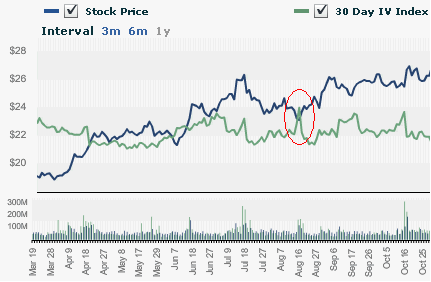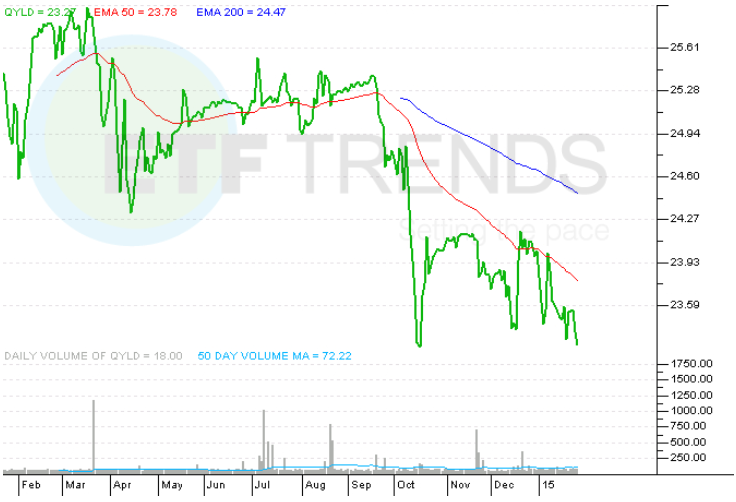Covered Call Strategies Can Produce Investment Income
Post on: 23 Июнь, 2015 No Comment

Covered Call Strategies Work On A Stock Or On A Major Stock Index
You can opt-out at any time.
Please refer to our privacy policy for contact information.
An income producing options model… using covered call strategies on an index? What, exactly, is that? I asked my friend Kevin as we sat down for lunch.
Kevin had left the financial services industry over ten years ago, determined never to return. We were having lunch because I wanted to learn more about these covered call strategies that he found attractive enough to entice him back into the business.
As he began to talk, I became intrigued.
It starts with someone who has a concentrated stock position (basically they own a lot of a single stock) or they own an exchange traded index fund (ETF) .
Such a person would not necessarily want to sell their stock, or their index fund, but they would want to generate additional return from their investment position in the form of investment income… if they could do it without taking on too much risk.
The way you generate income in such a situation is to write covered calls against your portfolio. Basically, someone pays you what is called a premium for the right to buy your stock (or exchange traded fund) if it achieves a certain price.
You collect the income from the premiums on the covered calls sold against your portfolio. The risk is that your stock hits the pre-determined price target, and gets called away from you. Enter the income producing options model, or covered call strategy.
Watts Gwilliam & Co.. an SEC registered investment advisory firm, developed an options trading strategy that reduces the odds that your stock will get called away. Their way of monitoring the options market tells them when to close out an option (sometimes at a loss) and sell a new call at a higher price. Their strategy has been quite effective at delivering positive cash flows year after year.
Covered call strategies like this do exceptionally well in volatile or down markets, which means over the first decade of the century this income producing options model had outstanding results. In a strong bull market, however, the strategy will likely underperform just owning the index or stock outright.

I found this covered call strategy attractive, and would consider it appropriate if you fall into any of the three situations outlined below:
- You are a corporate executive who has a concentrated stock position, which you either cannot sell, or are quite reluctant to sell. Covered call strategies like this can turn such an asset into an immediate source of additional income.
- You reach retirement with a large amount of company stock and need to set up a diversification plan. A covered call strategy could be used to set price targets at which the stock would be sold, and until that happened it would generate additional income.
- You are a retiree with long life expectancy, so you still must hold a reasonable amount of equities to hedge against inflation. Covered call strategies could be layered over the portion of your portfolio allocated to large cap stocks (assuming it was the S&P 500 Index) and would generate income while still leaving some room for upside appreciation.
Of course, anyone who implements a covered call strategy for you is not going to work for free. Inquire about minimum account sizes and fees, such as what you see below:
Minimums — An investment firm who implements covered call strategies over your portfolio would typically have a 10,000 share or $500,000 minimum for individual stock holdings and/or a $100,000 minimum for index holdings.
Fees — Expect to pay approximately 1% of asset value.
For more information about hiring Watts Gwilliam & Co. visit their website at www.ipominfo.com. IPOM stands for income producing options model.














